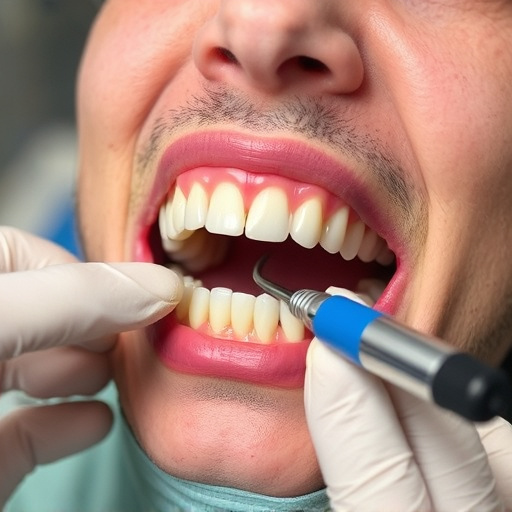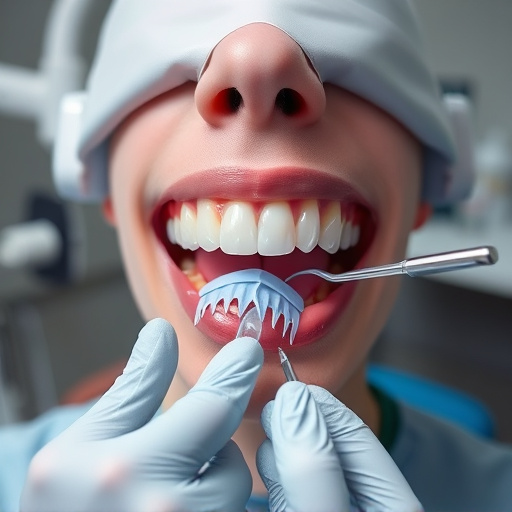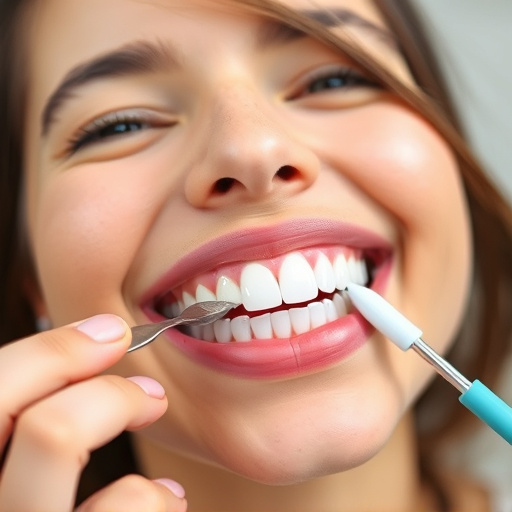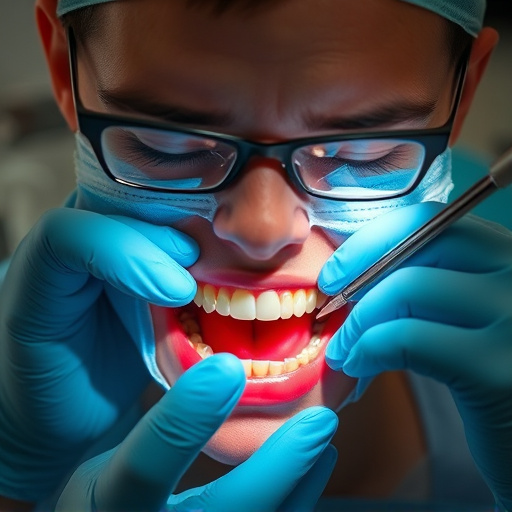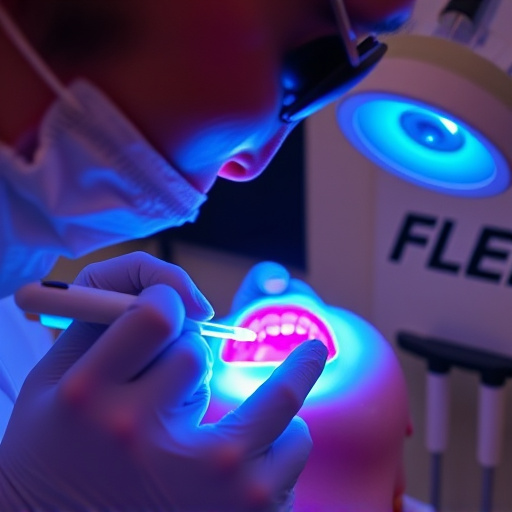Dental sealants for teeth are protective coatings that seal pits and grooves on molars and premolars, preventing food particles and bacteria from causing decay. These durable materials like resin or silicone create a smooth barrier that protects against chewing pressures for several years, alongside regular dental cleanings. Essential in children's dentistry and beneficial for adults, regular check-ups are crucial to monitor the condition of sealants, which can reduce the need for future procedures like dental crowns when combined with proper oral hygiene practices.
Dental sealants for teeth are an effective way to protect your back molars from decay. This protective coating, usually applied to the chewing surfaces of permanent back teeth, creates a barrier against bacteria and food particles. By understanding how sealants work and maintaining them properly, you can enjoy enhanced oral health. This article delves into the science behind dental sealants for teeth, their benefits, and essential maintenance tips to keep your smile protected.
- Understanding Dental Sealants for Teeth
- How Sealants Protect Back Teeth
- Benefits and Maintenance of Dental Sealants
Understanding Dental Sealants for Teeth
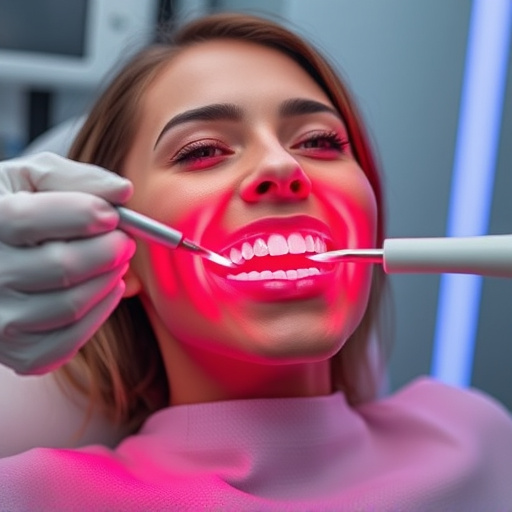
Dental sealants for teeth are a preventative measure designed to protect the back teeth from decay and damage. They act as a protective coating, sealing out food particles and bacteria that can cause cavities. This is particularly important for molars and premolars, which are more susceptible to decay due to their rough surfaces and hard-to-reach nooks.
Applied by a dentist, sealants fill in the pits and grooves of these back teeth, creating a smooth, protective barrier. They are typically made from durable materials like resin or silicone, ensuring they withstand chewing pressures and last for several years. Regular dental cleanings remain crucial alongside sealant application to maintain oral health and keep teeth clean.
How Sealants Protect Back Teeth

Dental sealants for teeth are protective coatings applied to the chewing surfaces of back teeth, primarily molars and premolars. These sealants create a barrier between the tooth and potential plaque buildup, food debris, and bacteria. By sealing off the tiny pits and grooves on the tooth’s surface, sealants prevent these harmful substances from accumulating and causing decay. This is particularly crucial for back teeth as they are more susceptible to cavities due to their constant exposure during eating and speaking.
In children’s dentistry, dental sealants play a vital role in preventative restorative dentistry. Applying sealants early can forestall the need for more invasive procedures like fillings or, in severe cases, dental implants. Regular dental check-ups are essential to monitor the condition of sealants, ensuring their effectiveness and making repairs if necessary. This proactive approach to oral health is beneficial not only for children but also for adults seeking to maintain healthy back teeth.
Benefits and Maintenance of Dental Sealants
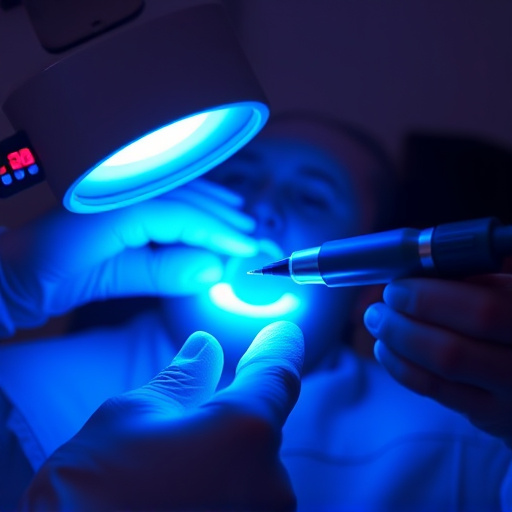
Dental sealants for teeth offer significant advantages for maintaining oral health, especially on the back teeth that are more prone to decay and damage due to their constant exposure during chewing. They act as a protective barrier, sealing out bacteria and food particles that can cause cavities. This simple yet effective method is particularly beneficial for children, as it can prevent the need for more extensive procedures like dental crowns later in life.
Proper maintenance of dental sealants involves routine oral exams and careful at-home care. Just like with cosmetic dentistry procedures, regular cleaning and inspection ensure the sealant remains intact, maximizing its protective effect. During these visits, your dentist can also assess if any reapplication is necessary, as sealants may wear off over time. Incorporating good oral hygiene practices, including daily brushing and flossing, further contributes to keeping your teeth and gums healthy, reinforcing the long-term benefits of dental sealants.
Dental sealants for teeth offer a simple yet effective solution for protecting back teeth from decay. By applying a protective coat to these vulnerable areas, sealants create a barrier against bacteria and food particles, significantly reducing the risk of cavities. This article has explored the science behind sealants, their role in safeguarding dental health, and the ongoing benefits they provide when properly maintained. Incorporating dental sealants into routine oral care can be a game-changer for maintaining a healthy smile.








